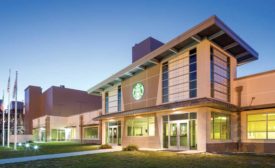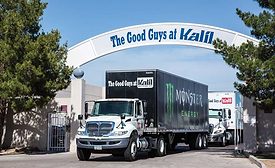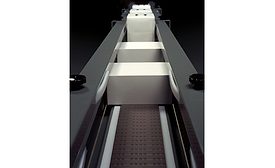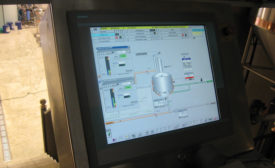Plant Focus
True Craft Holdings combines operations with Madidus LLC
Read More
How to balance emergency, preventative maintenance
Managing emergency, preventative maintenance improves operations, prevents downtime
June 15, 2016
New facility planning focuses on sustainability, automation
Energy efficiency drives use of alternative solutions
June 15, 2016
Kalil Bottling evolves portfolio, operations
Bottler balances CSDs and new age products to serve customers
June 9, 2016
Training vital as technology advances in beverage operations
Packaging, processing operations see automation growth
May 16, 2016
Conveyors accommodate sustainability, flexibility
Packaging design, lightweight packaging impact conveyor innovations
May 16, 2016
Time plays a prominent role in beverage operations
Time element impacts production, packaging, warehousing and distribution
April 15, 2016
How to maximize a warehouse's core assets
Facilities, equipment and personnel vital to beverage operations
March 15, 2016
Process automation equipment focuses on hygiene, security
Beverage companies benefit from equipment's speed and adaptability
March 15, 2016
Globalization puts onus on critical capital expenditures
Warehouse operators should develop work sheet to evaluate critical needs
February 15, 2016
Elevate your expertise in the beverage marketplace with unparalleled insights and connections.
Join thousands of beverage professionals today. Shouldn’t you know what they know?
JOIN NOW!Copyright ©2024. All Rights Reserved BNP Media.
Design, CMS, Hosting & Web Development :: ePublishing









